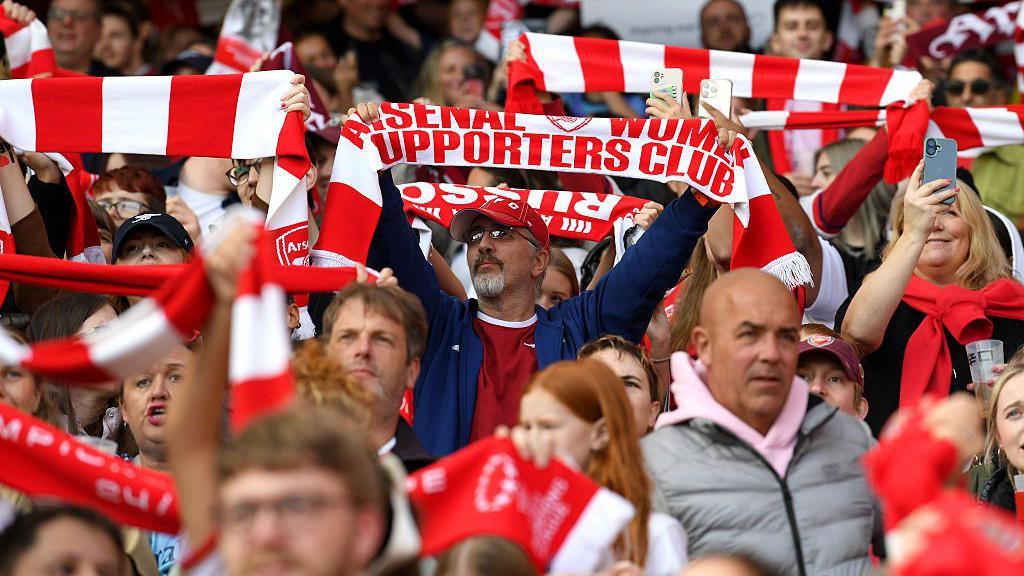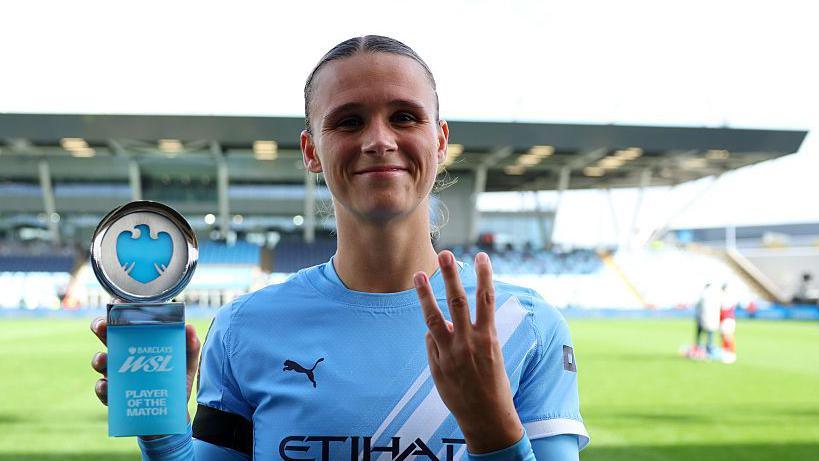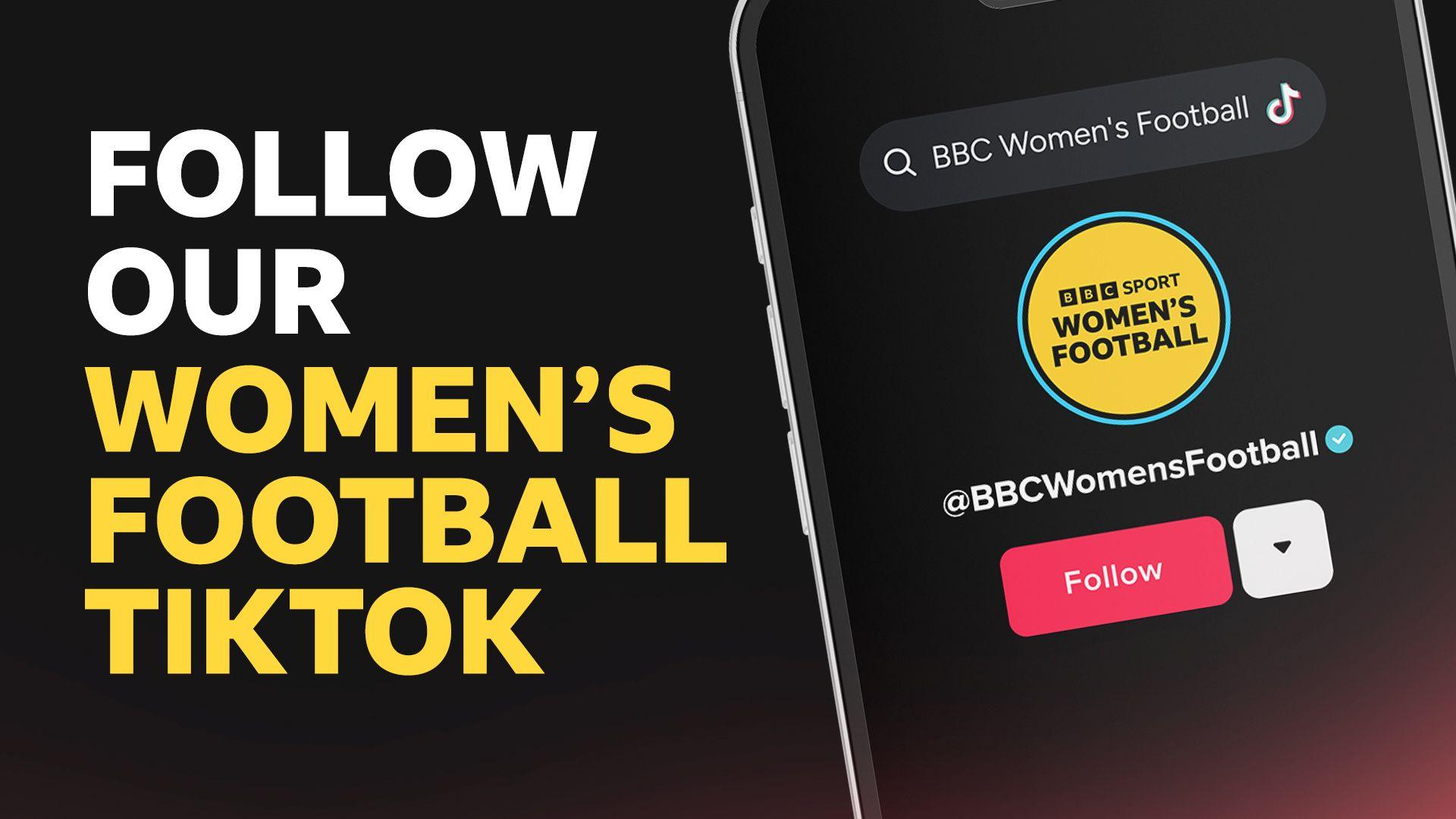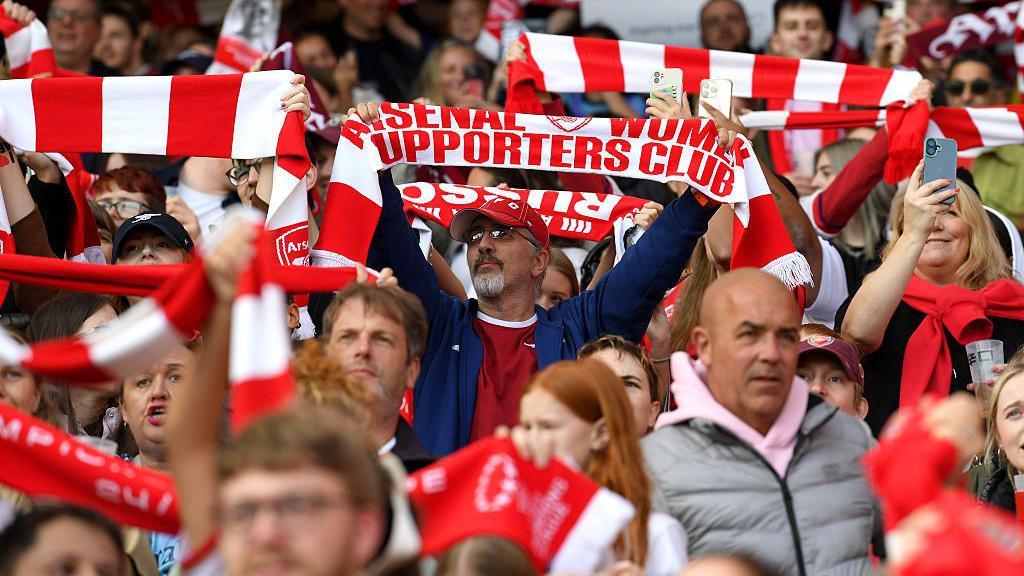
A recurring theme during England’s victorious journey at Euro 2025 – and in most recent women’s football outings – has been the crucial role the national team’s achievements play in advancing the sport.
Indeed, growth has been substantial. The level of media coverage and conversations about women’s football in England over the last decade – since England secured third place in the 2015 World Cup – has increased significantly, further accelerated by their Euro triumph in 2022.
But has their latest victory in Switzerland created a similar effect?
What’s going on with WSL attendances?
Analyzing the average attendances over the previous four Women’s Super League (WSL) seasons, a noticeable rise occurred following England’s Euro 2022 championship and their journey to the 2023 World Cup final, although numbers declined marginally during the last season.
This season, the league is seeing nearly 6,500 fans on average per match. While it is essential to emphasize that the campaign is still in its early stages, with most teams having played only six matches – and some, including Manchester City, Manchester United, and Tottenham, not yet having hosted matches at their larger men’s venues – it is apparent that the anticipated uplift witnessed three years prior has yet to occur.
Additionally, two rounds of WSL fixtures this season have occurred during weekends without Premier League matches – compared to just one round at this moment last year – typically when the WSL aims for larger crowds.
When comparing the first six matches of the current season to the same timeframe last year, the Women’s Sport Trust noted a 1% decrease in attendance figures.
Yet signs of success are emerging at several clubs.
Everton has transitioned to playing the majority of their home matches at Goodison Park following the men’s team’s relocation to Hill Dickinson Stadium.
Their two WSL games at the new location have attracted crowds of 6,473 and 4,313 – a remarkable increase from the previous two seasons, which saw averages of 2,000 at Walton Hall Park. Their inaugural match at Hill Dickinson against Manchester United brought in 18,154 attendees.
Meanwhile, Manchester United recorded a crowd of 8,665 for their 0-0 draw against Arsenal this season – setting a club record for a WSL fixture at their Leigh Sports Village home.
There has been a more focused effort in women’s football to establish a loyal fan base, aiming to translate recent achievements and visibility into a more sustainable future.
«That’s a very effective strategy,» Nicky Kemp, editorial director of the marketing consultancy Creativebrief, explains.
«Using the men’s game as a model will put the women’s game at a disadvantage. It will always lag if compared on transfer fees or crowd sizes in the stadiums.
«Many clubs have never implemented a strategy for filling stadiums, so they must learn to draw in fans to experience the matches.
«Growth is not always straightforward. There’s a post-2022 rise in player visibility, but clubs that are thriving are those that are proactive, like Arsenal placing the women’s games at the Emirates.»
‘We’re pleased with our current fanbase’
Arsenal is an intriguing case. For the first time this season, they’re hosting all their WSL home matches at the 60,000-capacity Emirates Stadium, holding the largest permanent home capacity of any women’s team in England.
In the three matches this season, none have surpassed the 40,000 threshold, compared to two out of three at the onset of the last season.
However, last year they hosted Manchester City and Chelsea in those opening three matches, while they haven’t welcomed any of the major four teams this season. The club is not concerned about the reduced turnouts, as they aim to nurture a returning core of fans rather than just drawing in large crowds of casual attendees.
«We are quite satisfied with the fans we have,» Arsenal manager Renee Slegers stated at her post-match conference after facing Brighton, when queried by BBC Sport about the attendance of 27,336.
«I feel pride in our supporters and the numbers we are seeing.»
Arsenal will face Chelsea on 8 November, with around 50,000 tickets already sold by last Friday. The previous season saw 45,860 spectators at the same match.
For the 2025-26 season, Arsenal has about 17,000 season memberships for women’s matches. This contrasts with the capacity of Meadow Park – where they played the majority of their home fixtures until 2024, which accommodates 4,500.
«Our aim this season is to collaborate with these supporters to establish the Emirates as the genuine home of Arsenal Women now that all WSL matches are held here,» a club representative stated.
The Emirates now features the honors of the women’s team displayed on boards around the stadium alongside the men’s trophies, and the club indicates that additional family restrooms and baby-changing facilities have been added to accommodate the evolving demographics of fans attending regularly.
Kick-off timings pose additional challenges for WSL supporters.
The new schedule this season sees many more matches beginning at noon, a shift from the staggered kick-off times traditionally seen by WSL fans, while the contentious 18:45 slot on Sundays has been eliminated.
On 5 October, three matches commenced at 11:55 to avoid overlapping with the Premier League’s Sky selection, which started at 14:00.
As many youth football leagues are active on Sunday mornings, families passionate about sports are forced to choose between participating in these activities and attending matches, while utilizing public transportation to reach games on a Sunday morning can be quite challenging.
On a positive note, non-broadcast matches on BBC or Sky are now accessible on YouTube, with the previously criticized FA Player now discontinued.
«The rise of YouTube has been very beneficial,» Kemp remarks. «Yet, there’s still anxiety regarding the absence of consistent scheduling for women’s football, so the overall visibility of the sport… that has still to be realized fully.»
Brands are jumping on the women’s football bandwagon
Increased visibility attracts sponsorship, with major companies increasingly flocking to women’s football.
The WSL, an independent entity since August 2024, akin to the Premier League, is currently in its second season of a three-year £45m title sponsorship agreement with Barclays, while a new arrangement has provided free tickets for British Gas customers.
WSL players and clubs will feature in the Football Manager video game series for the first time in the 2026 edition, set to launch in November.
«The most significant brands are opting to invest their resources in women’s sports,» Kemp states. «And it represents exceptional value as it’s at a challenging stage. While WSL operates independently, they can initiate their own promotional events.»
Certain brands are also committing to women’s football for the long haul, beyond just the excitement of major tournaments.
One of the standout examples is Kerstin Casperij, a defender for City and the Netherlands, becoming the ambassador for dating app Tinder, alongside her partner Ruth.
On social media, England players are amassing larger audiences.
Currently, three active England players boast over a million followers on Instagram – Chloe Kelly, Leah Williamson, and most recently, Alessia Russo. Lauren James (915,000), Lucy Bronze (905,000), and Ella Toone (850,000) are also nearing that milestone.
Regarding the league, a WSL representative informed BBC Sport that their official platforms saw 4.1m engagements and 133,000 new followers in September – more than double the engagement they received following Euro 2022.

What about the lower tiers?
The second tier, now called WSL2 for the 2025-26 season, comprises 12 full-time teams for the first time after Ipswich and Nottingham Forest turned professional this summer.
Embracing professionalism also entails treating players with the standards expected of professionals. A frequent criticism has been that female players have had to utilize men’s footwear, which has been associated with the recent uptick in serious knee ligament injuries in the WSL.
In September, Nike, a sportswear giant, announced they would supply free boots for both WSL and WSL2 players, as well as gloves for goalkeepers – a standard commonly seen at the top tier of men’s sports.
Below the professional level, an additional promotion slot has been introduced from the third tier. Previously, the winners of the Women’s National League North and South were required to play off for a chance at the second division; now both champions are promoted automatically.
At the grassroots level, the sport seems to be in robust condition.
Before the European Championships, Sport England unveiled statistics revealing that 835,000 girls participate in football on a regular basis – a rise of 165,000 since 2017 – and that in the last decade, nearly 100,000 women have embraced the sport; the number of women playing football regularly has climbed from 215,000 a decade ago to 310,000 today.
On 28 July, the day following the final, the FA reported a staggering 196% increase in daily searches for female football-playing opportunities on their Find Football tool.

Head here to get involved
Related topics
- England Women’s Football Team
- Football
- Women’s Football















